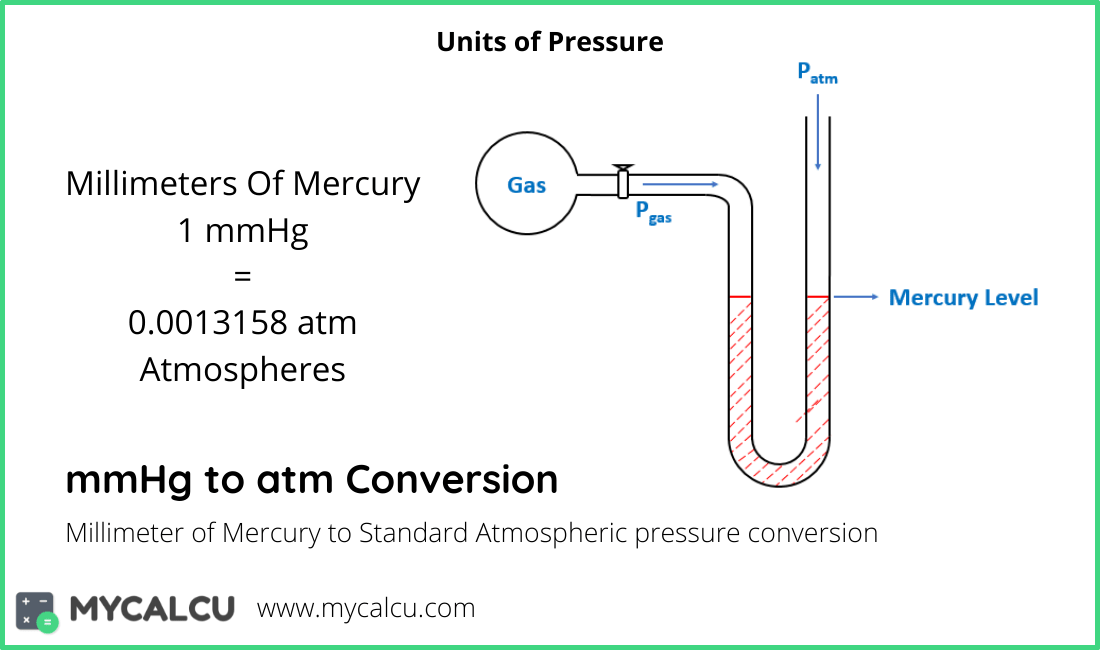

However, not every question will ask you to find P1 or P2 - many will ask you to find a temperature value or even sometimes an ΔH vap value. In our example in Section 1, we saw that the Clausius-Clapeyron equation is very useful for finding the vapor pressures of pure substances. Rearrange the Clausius-Clapeyron equation to find other variables. Moles (sucrose): 1,056.7 grams × 1 mol/342.2965 g = 3.08 moles (note that you can find sucrose's molar mass from its chemical formula, C 12H 22O 11.).

To do this, we'll find the mass of each, then use the substance's molar masses to convert to moles.


 0 kommentar(er)
0 kommentar(er)
